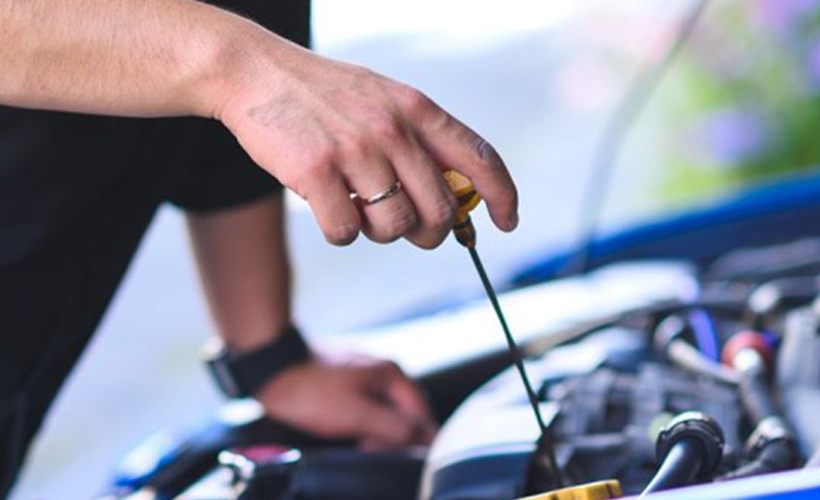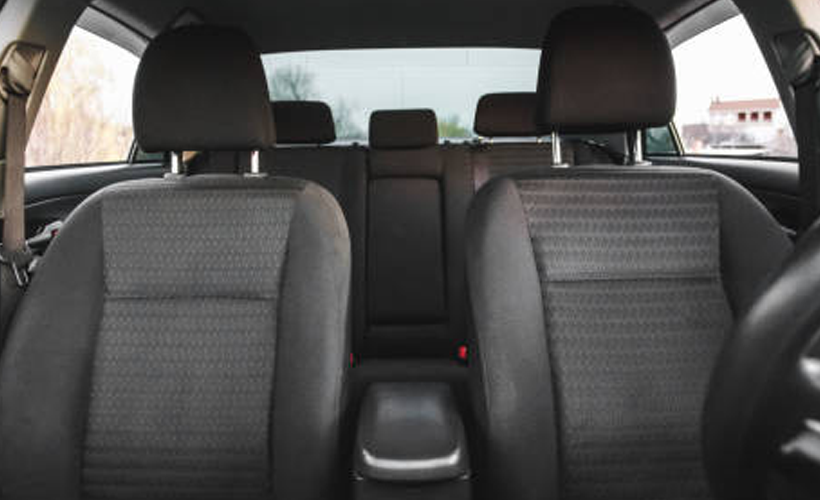Tips For Maintaining A New Car
Last weekend a friend of mine borrowed my seven years old car for an impromptu road trip. As a car enthusiast he had an incredible trip. He had purchased a new car few months before. But due to poor car maintenance spirit, he disowned his lovely car for the trip. Furthermore, he did not handover my car keys for a week and drove it along the city. When we met he rather defamed his own car model/brand. It was the ripe moment for me to intervene with my knowledge of care tips for new car.
The above narrative is imaginary. But the essence is so true. The life of a car relies on its maintenance. New cars require watchfulness to check them from turning into a moving scrap. Be a physician of your newly bought car. Follow the below mentioned maintenance advises.
Respect the Basics
Always educate yourself first with what the car manufacturers have to say about their innovation. Read the manual. Every car has different prescriptions. Understand your car well.
Driving is also about communicating with your car by responding to warning lights on dashboard. Avoid any wrong interpretation of warning lights. Better learn them for a suitable response.
Break-In a new Car - What and How?
Break-in is manufacturers recommended time period during which certain precautionary measures, driving methods, and maintenance obligations are to be fulfilled. This will enable proper synchronization among assembled parts thereby delivering performance and adding to car’s lifespan. This could be achieved by:
Consider the first oil change in the range of 50 to 100 miles (80 to 160 kms) for a newly bought car. Afterwards, this oil can be replaced once the recommended break-in period mileage is achieved.
Restrict the revs below 3,000 rpm. Why? Revving the engine beyond a limit impedes interlocking of piston rings with cylinder bores firmly. Piston rings are essential to check oil leakage. Thus too much revving can upset the entire activity. Keeping the speed under the recommended run-in period speed limits. This might not sound tempting. But running between 30 mph to 50 mph (50 to 80 kmph) can be a booster to the car’s life.



